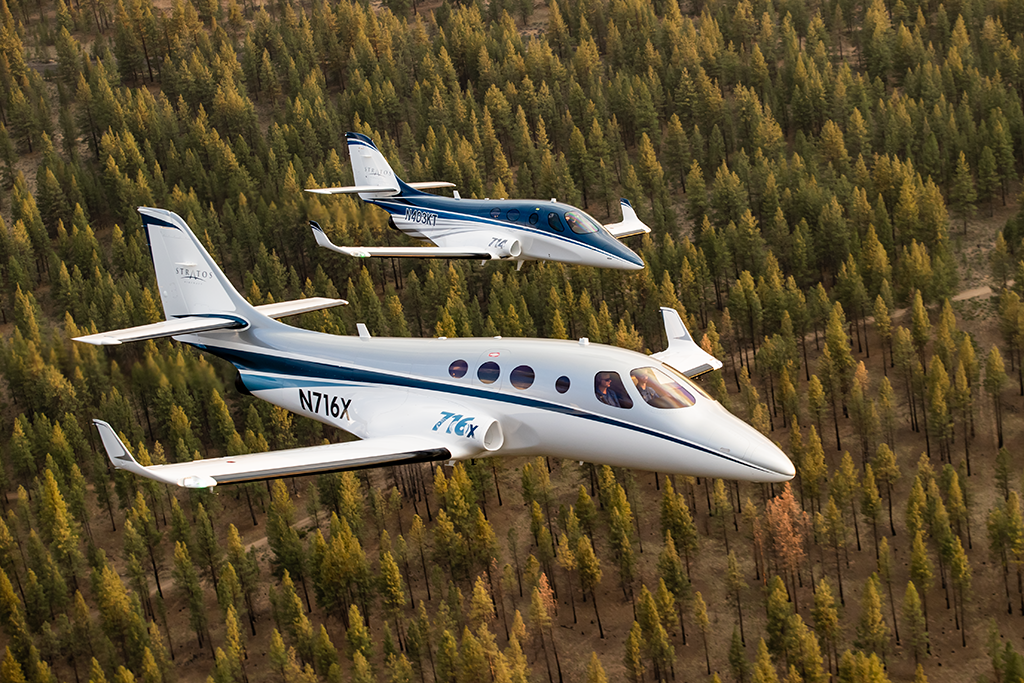
Credit: John Smoker
OSKOSH, Wisconsin—The Stratos 716X prototype made its debut at the Experimental Aircraft Association’s AirVenture this week, after flying from its home base in Redmond, Oregon. Stratos Aircraft President Carsten Sundin says the the company is pricing the 0.7-Mach, single-engine, six-passenger 716X...
Subscription Required
This content requires a subscription to one of the Aviation Week Intelligence Network (AWIN) bundles.
Schedule a demo today to find out how you can access this content and similar content related to your area of the global aviation industry.
Already an AWIN subscriber? Login
Did you know? Aviation Week has won top honors multiple times in the Jesse H. Neal National Business Journalism Awards, the business-to-business media equivalent of the Pulitzer Prizes.





